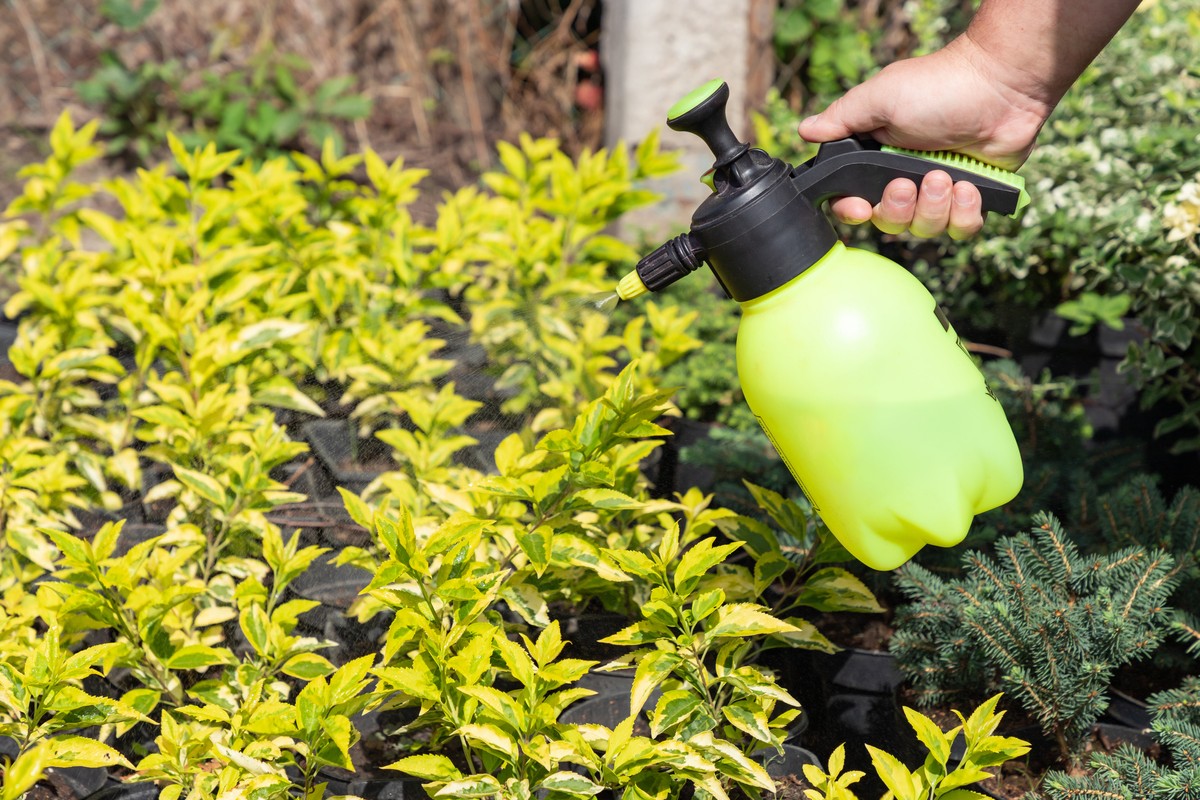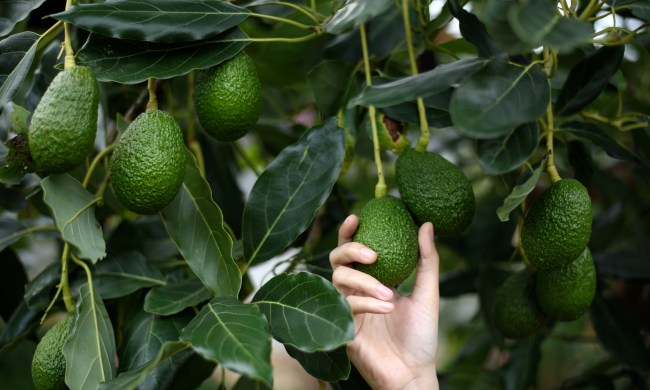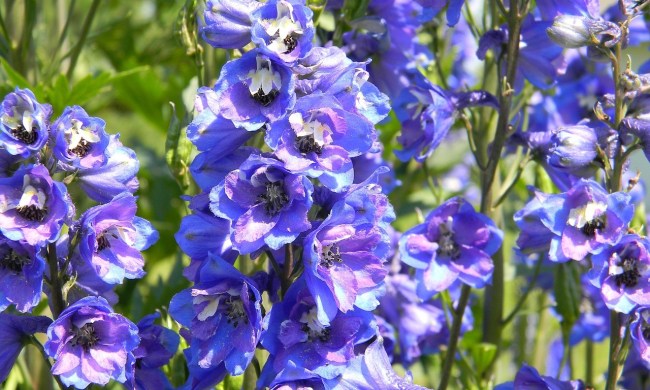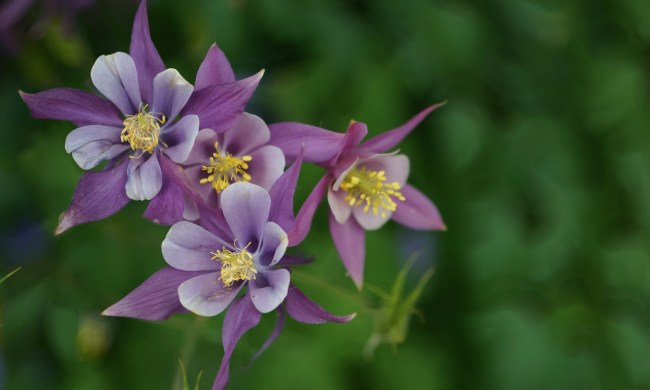
Have you ever found yourself looking at someone’s garden thinking: How do they keep their plants looking so good? While everyone’s plant maintenance routine differs, one common practice that ensures plant vitality is fogging. Foggers for plants maximize the health of your greenery by efficiently and adequately hydrating them. After extensive research and evaluation based on critical factors such as operation duration, spray coverage, and overall functionality, we have compiled a list of the best foggers for plants of 2024. Say goodbye to over and under watering and hello to lush, healthy plants as we explore the top foggers on the market.

Petra CannaFogger Mini Plant Mister – Best Overall
Petra’s CannaFogger revolutionizes plant care with its efficient fine mist spray technology. Touted as the best overall for pest control in home gardens, this fogger becomes your reliable ally in maintaining lush and healthy greenery. It’s designed for simplicity, removing the complexity from plant care. The product’s sturdy construction ensures it withstands frequent use, while its lightweight design makes it easy to handle. Ultimately, it not only fights pests efficiently but also redefines the way you care for your plants, making it a must-have for every gardener. Whether you’re nursing indoor plants or maintaining an outdoor garden, this plant mister elevates your gardening experience to a whole new level.
Pros:
- Fine and even mist for optimal plant coverage
- Adjustable settings for different plant sizes
- Long-lasting battery life for extended use
Cons:
- Tends to clog with powders

Electric ULV Fogger Machine 10L Backpack Sprayer – Most Versatile
If you’re on a quest for a diverse disinfecting tool that effortlessly tackles large spaces, the Electric ULV Fogger Machine 10L Backpack Sprayer stands as a formidable contender. This robust fogger for plants doesn’t just masquerade as a commercial bug and mosquito sprayer, but also doubles up as a potent disinfecting mold fogger, acting as a comprehensive sterilization solution for indoor and outdoor spaces. Ideal for gardens, homes, and hotels, this machine sweeps through areas covering them in a protective disinfectant shield, annihilating unwanted pests and molds efficiently.
This backpack sprayer, unlike the traditional handheld sprayers, transforms the tiring task of disinfecting large spaces into an effortless process. The product’s 10L capacity saves you frequent refilling hassles while its electric operation ensures a smooth and consistent spray, covering every nook and corner. Moreover, it’s an insecticide fogger, offering a robust defense against bugs and mosquitoes. So, if you are hunting for a powerful machine that handles a range of tasks without breaking a sweat, this fogger is a brilliant choice.
Pros:
- Easy and quick to use
- Offers extensive coverage range
- Includes two different nozzles
Cons:
- Drips from the nozzle when turned off

LONYEON 8L Electric ULV Cold Fogger Machine – Best Spray Distance
The LONYEON 8L Electric ULV Cold Fogger Machine combines power with efficiency, serving as a potent disinfection tool for your garden. It does more than just sanitize—it actively guards your space by spreading a fog of disinfectant that penetrates even the smallest corners. Its large spraying area and adjustable flow rate translate into a machine that adapts to your needs, making it one of the most effective disinfection tools on the market.
What sets this fogger apart is its dynamic functionality and user-friendly design. The machine, equipped with a backpack mist atomizer, doesn’t just sit idly in the corner—it actively engages in the sanitization process. So, if you’re on the lookout for a reliable, active, and efficient garden sanitizing solution, this pick should be one of your top considerations.
Pros:
- Suitable for both indoor and outdoor use
- Adjustable fog pattern for convenience
- Lightweight with a sizable tank
Cons:
- Can be loud

Rechargeable Atomizer Disinfectant Sprayer – Easiest to Use
The Atomizer Sprayer provides a seamless user experience, making it one of the most user-friendly foggers on the market. Its electrostatic function effortlessly sprays a fine mist and offers a touchless sanitation process, perfect for disinfecting your plants. Its blue light feature further enhances its sanitization capability. The sprayer’s rechargeable feature ensures that it’s ready to use whenever you need it, eliminating the hassle of frequent battery changes.
The fogger doesn’t just perform powerfully; it engages the user with its easy-to-use design. One can adjust the intensity of the mist with a simple press, catering to different user needs. This dynamic feature elevates the product from a static device into an interactive and adaptable tool. Moreover, the sprayer’s lightweight and compact design make it portable and convenient to use. Whether you need to sanitize your garden or keep your plants healthy, this option is a reliable companion.
Pros:
- Compact and lightweight for easy handling
- Uses blue light to indicate targeted areas
- Fine mist spray prevents excessive wetting
Cons:
- The product may leak when tilted downwards

SuperHandy PRO ULV Fogger Backpack Sprayer – Best for Large Spaces
Looking to effectively disinfect large spaces with minimal effort? The SuperHandy PRO ULV Fogger should be your go-to choice. Powering through lawns and orchards with a 1400W 120VAC electric motor, it delivers horizontal coverage of 26 feet and vertical coverage from 4.9-6.5 feet. You will be impressed by how it transforms chemicals or liquids into a fine mist, ensuring maximum efficiency. It even offers adjustable output and particle sizes to accommodate different needs, making it a versatile ally in your gardening or disinfecting tasks.
This fogger is not only efficient but also extremely easy to use. Its corded backpack design allows you to carry it comfortably, and the upgraded hose and turbo jet spray nozzle enhance its performance. It deftly covers everything from fields and lawns to crops, plants, and growing beds. This pick is a standout, must-have tool for anyone needing to disinfect large spaces or nourish large areas of plants. With its ease of use and superior performance, it’s as if you’re wielding your own personal cloud of cleanliness and care.
Pros:
- Highly effective for disinfection purposes
- Adjustable mist settings for varying needs
- Easy and convenient to use
Cons:
- Sprayer does not produce a very fine mist

Choosing the Ideal Fogger for Your Plants: A Buyer’s Guide
A day in the life of a green thumb can involve many different tasks, but one essential tool in your gardening arsenal should be a high-quality fogger for plants. This handy device can significantly enhance the health and vitality of your plants by providing an optimum level of humidity, a factor often overlooked in plant care. Let’s dive into the key features to look for when choosing the ideal plant fogger.
Type of Fogger
When searching for a plant fogger, you will come across various types, including ultrasonic, heat, and impeller foggers. Each type operates differently and serves a unique purpose. Ultrasonic foggers use sound waves to create a fine mist, ideal for delicate plants that require a gentle touch. Heat foggers, on the other hand, use heat to produce steam, which suits robust plants and large areas. Impeller foggers utilize a rotating disc to generate mist, offering a balance between gentle humidity and robust coverage. Choose the type that best aligns with your plant’s needs and the size of your gardening space.
Capacity
When it comes to plant foggers, size matters. The capacity of your fogger determines how long it can operate before needing a refill. If you have a large garden or an indoor growing space that’s continuously in need of humidity, opt for a fogger with a larger tank capacity. This will reduce the frequency of refills and save you time. However, if space is limited or you only have a few plants, a smaller, more compact fogger will suffice.
Adjustability
An excellent fogger gives you control over the level of humidity it releases. Look for a fogger that allows you to adjust the mist output based on the specific needs of your plants. This feature ensures that your plants receive just the right amount of moisture—not too much, which can lead to diseases, and not too little, which can cause dehydration.
Durability
A fogger, like all gardening tools, should stand up to regular use. Seek out a fogger constructed from sturdy, durable materials capable of withstanding the test of time. High-quality plastic or metal foggers often offer long-lasting performance, enduring the occasional bump or drop.
Ease of Use
While nurturing your plants should be a labor of love, it shouldn’t be a complicated process. A fogger that’s easy to use will make your gardening routine much smoother. Look for a fogger that offers simple setup and operation, from filling the tank to adjusting settings, and cleaning. This feature ensures you can focus more on the joy of gardening and less on figuring out complicated instructions.
Price
Lastly, when buying a fogger for plants, consider its price in relation to your budget. While you may be tempted to save money by purchasing a cheaper model, remember that you often get what you pay for. Opting for a slightly more expensive fogger can provide you with a durable device packed with useful features, saving you money in the long run by reducing the need for replacements.
Common Questions About Foggers for Plants
How do I use a fogger for plants?
To use a plant fogger, you should first fill the reservoir with water. Next, adjust the settings to your preferred fog intensity, then turn it on. The fogger should be placed at a suitable distance from your plants to ensure they get evenly misted.
How often should I use a fogger for my plants?
The frequency depends on the particular need of your plants and the environment. For plants that require high humidity, you may need to run the fogger daily. Always monitor your plants to ensure they’re not getting too much or too little moisture.
How do I maintain and clean a plant fogger?
Regular maintenance involves emptying and refilling the water reservoir to prevent buildup of mold or algae. Every few weeks, it’s also recommended to deep clean the fogger by disassembling it and cleaning each part with a mild detergent.
Can I use any type of water in a plant fogger?
It’s generally recommended to use distilled or deionized water in a plant fogger to prevent mineral buildup which can interfere with the device’s operation.
What types of plants benefit most from a fogger?
Plants that thrive in high humidity, such as ferns, orchids, and air plants, can particularly benefit from a fogger. However, every plant has unique needs, so it’s important to research the specific requirements of each plant species.
Can I add nutrients or plant food to the fogger water?
It is not recommended, as it may clog the fogger or cause it to malfunction. Nutrients should be applied to your plants using the methods recommended for each specific plant species.


